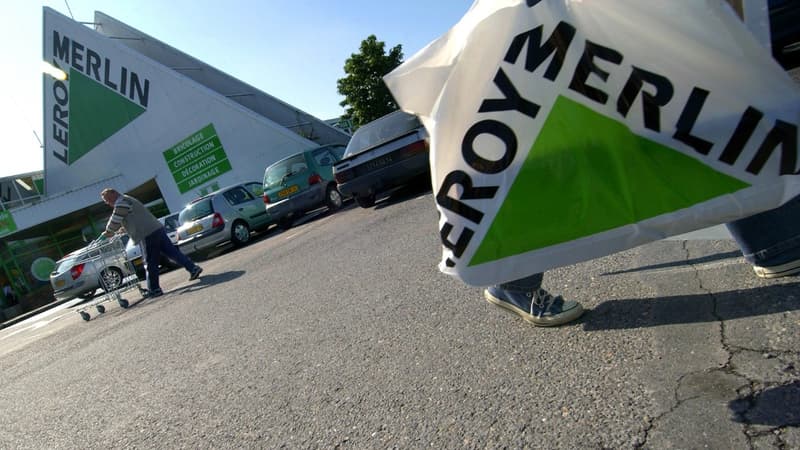DIY stores rely on transparency. Leroy Merlin and ManoMano have in quick succession launched a system for classifying products based on their carbon footprint. Baptized “Home Index” for the first and “Carbon Score” for the other, these devices aim to better guide consumers. What the Nutri-Score for food products and the energy label for household appliances already do.
Leroy Merlin has been working on this “Home Index” for three years. Presented on Tuesday, it will be officially released from April. Some articles already show it since December 12 as part of a test.
26 criteria taken into account in Leroy Merlin
Unlike ManoMano, which entrusted the creation of its “Carbon Score” to the French start-up Greenly, Leroy Merlin designed its indicator with equipment from Adeo, the parent company of the brand. Originally, this system was going to remain an internal tool before the company decided that it might also be of interest to customers.
To establish the score that goes from A (the best) to E (the worst), 26 criteria grouped into six categories are taken into account. Production conditions, components, raw materials, water and energy consumption, packaging, shelf life and repairability… A brand is then established based on these parameters.
A demanding qualification
The newspaper the parisian, Marie Simunic, general manager in charge of sourcing and markets, explains that an “A equals a score of 80-100, a B 60-80 and so on up to E (0-20).” A demanding qualification since only 6% of the evaluated products obtained an A rating, 32% a B, 49% a C and 13% a D, according to information provided by the brand.
In a few weeks, these notes will be displayed on some 35,000 products, mainly private label ones. Later, the system will be extended to the Weldom brands, also owned by the Adeo group.
For ManoMano, the Carbon Score takes into account five scoring criteria: the extraction of raw materials, manufacturing, distribution, use and the end of life of the product.
The device will be launched from April 2023 on more than 15% of the products in the ManoMano catalog to reach 40% by the end of 2023 and finally almost 70% in 2024.
In the future, other products may be affected. According to Clara Lorinquer, Leroy Merlin’s deputy general manager of Positive Impact, 85 manufacturers have expressed interest in the approach, she told the Parisian. The company expects this device to produce the same effects as the Nutri-Score. At first criticized by the food industry, it was eventually widely adopted and pushed manufacturers to tweak their recipes to get better ratings.
Source: BFM TV


